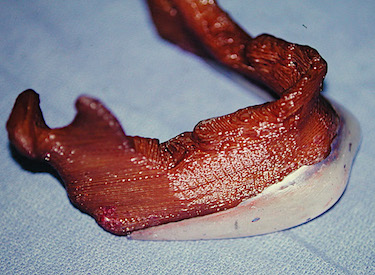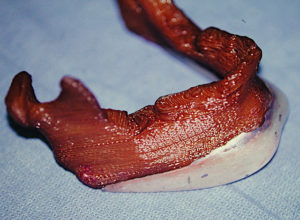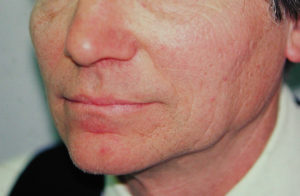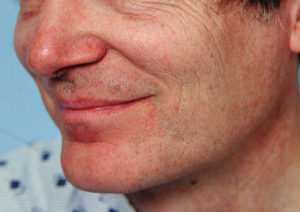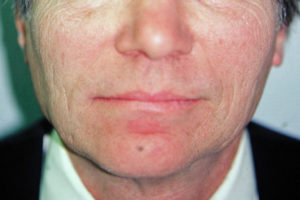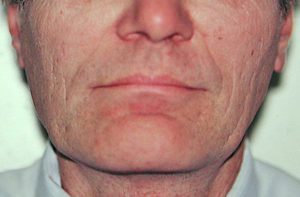Background: Over a twenty-five year period I have designed and implanted nearly 1,000 custom skull and facial implants for both reconstructive and aesthetic patients. To no surprise much has been learned about the custom implant design process, surgical implantation and their aesthetic effects as well as management of implant-related complications/revisions over that time period. Not to mention how the computer designing and implant fabrication technologies have progressed and improved.
One of the very relevant questions some patients ask, and all patients should at least think about, is what are the long term implications of these implants. Because most custom skull and facial implants are generally bigger than performed standard implants is their fate similar or different than what we know, for example, from a much smaller standard chin implant. Since there are so few surgeons who have extensive experience in this area and patients come from all world to be treated, there are no controlled multicenter clinical outcome studies nor much even individual patient long term followup.
As a result the only information we can draw upon, for now, is the rare individual patient who appears for further surgery may years later for either an issue with the original implant or for another unrelated surgery. From that perspective I present the following patient.
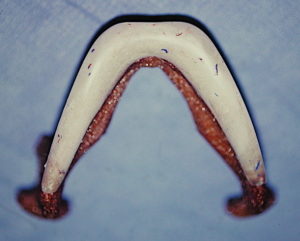
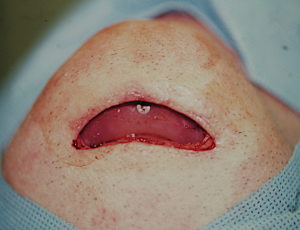
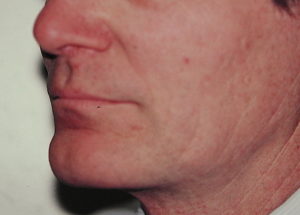
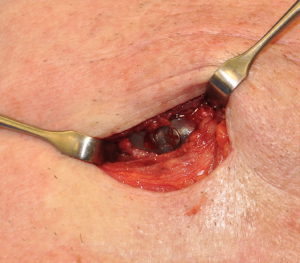
Looking back on this case today several decades later technically I can make the following comments:
- Such an implant design would not have had such a thin tail back at its very end. That makes it prone to malposition gives its thin tapered end and placed in a blind fashion. (although it worked out fine on the other side)
- A slightly smaller submental incision would be used. (although it healed with a near invisible appearance)
- I would not have used just a single central screw. (although it work just fine in his case)
- At that time I gave little thought as to how much the soft tissue chin pad could be stretched vertically and still fit over the end of vertically extended implant. Although he did just fine I would be more cautious about that today as I suspect his age with loose tissues along the jawline enabled it to occur more readily than in a younger person.
What does this case show about the long-term implant behavior:
- He had no evidence of any degradatory change in the implant material. (which is what is expected)
- He had no visible change in the amount of augmentation effect. This suggests, as was seen in the exposed back end of the implant, that no significant bone loss has occurred under the implant.
Case Highlights:
1) The long-term followup (23 years) from a patient that had the first custom jawline implant placed for aesthetic reasons in my practice is presented.
2) A tapered vertical lengthening jawline implant hand designed from a 3D printed jaw model was placed from a submental incision only.
3) Seventeen years later he came back for stabilization of the thin tail of the implant on the left jaw angle area.
4) While one case does not make a series, his results show that custom jawline implants are both safe and effective with no adverse long-term biologic effects in the bone.
Dr. Barry Eppley
Indianapolis, Indiana

